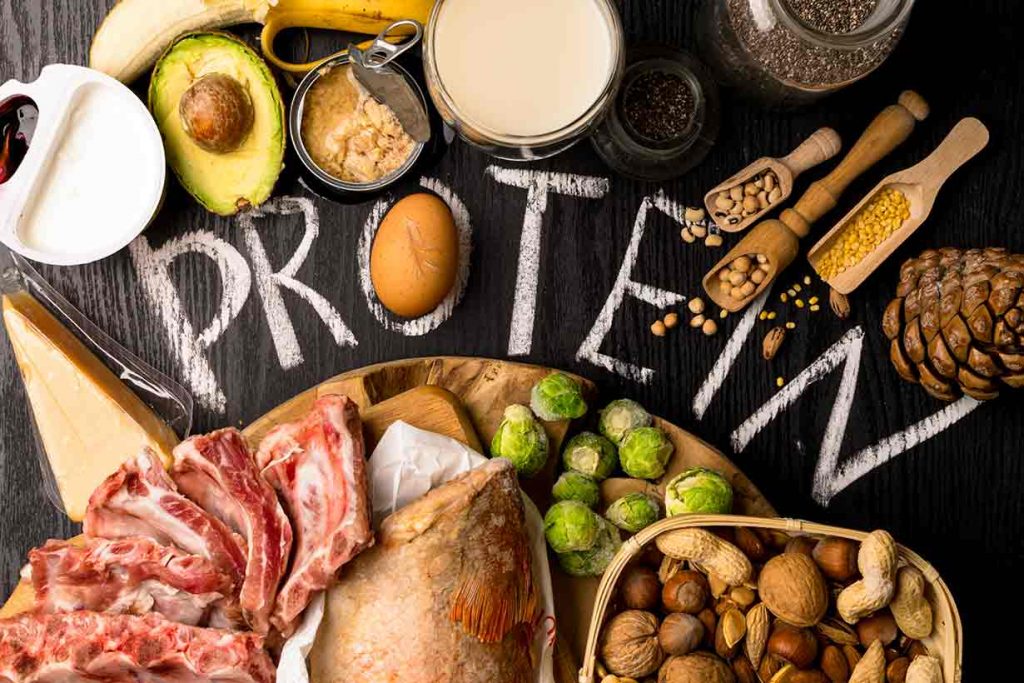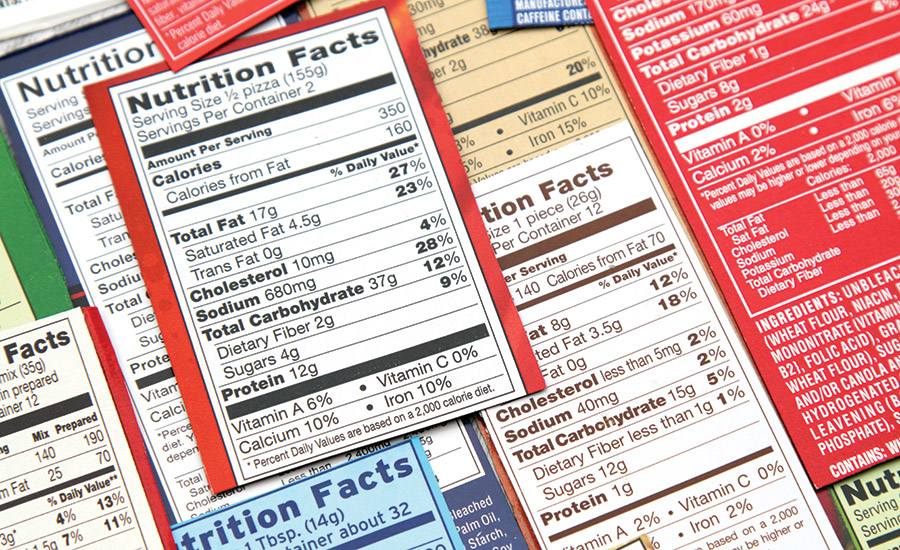Fat Free vs Whole Fat | Beaufort Nutrition
Fat Free vs Whole Fat
Hey everybody! You have questions? Hopefully I have the answer. In today’s Q&A I’m gonna go over whether you should eat low to no fat foods or just stick with the high fat foods, let’s get right into it. So this is a very commonly asked question. I have received it several times. It goes usually something like this, “Sam, when I’m in the grocery store, I’m not sure. Should I get the low fat food or the no fat food, or should I just go and get the full fat food?” I’ve heard it from every angle, on social media. Which one should I get? So I’m gonna tell you and my favorite answer, it depends. It really depends on your goals. Your tolerance is, where your macronutrients currently lie, what causes inflammation in your body, all these things. But I’m gonna give you a simple framework, to kind of think through whenever you’re kind of making this decision. So first thing, think about what your actual physical goals are in terms of your physical appearance. If you’re somebody that’s looking to cut weight, you’re gonna want to stick with a lower calorie type food. If you’re somebody that struggles to put on weight, you’re gonna want a bit more calories.
So the first thing that you do whenever you’re making this decision is flip it around to the back, look at the label. Typically you’d be surprised a lot of times you think a full fat food would actually have more calories because yes, grams of fat are twice as much as grams of carbohydrates and protein. But a lot of times there’s so much extra sugar and other things added in there that they’re not going to really be that much low calorie, lower calorie, I should say, than the full fat version of that food.

So take that into consideration. Another thing. Think about what you struggle with in terms of getting your nutrients in? Are you somebody that really struggles with getting protein? If you are then sometimes fat free options, actually they swap out the fat for the protein. So check the back of the label again, you should see a higher protein content. When you compare it to the full fat version, you also want to look at the ingredients. Is it something that has like a hundred ingredients, the non-fat version of things that you can’t pronounce, if it is then I probably don’t put it in your body, right? So those are the kind of things you wanna first look at the label. So that would be step number one. (2) And then you want to also, after you eat it, take note of how you feel a lot of times, things that have the fat extracted from them and are replaced by things that are highly processed can cause us not to feel that well when we eat it.
So look at the back label, then take note after you eat it. And then next time you’ll have a better framework for making that decision. So I hope this provides clarity around how to go about the low fat, no fat versus full fat dilemma. Stick to what your goals are, what is best for your body. Also all it takes is flipping it over, looking at the back and then auditing yourself. How does that food actually make me feel? Is it that much better than the counterpart? A few of my favorite, low fat kinds of foods are actually protein cheese. So that would be 0% fat Kraft cheese, that’s a nice substitute because instead of all the fat in there, they swapped it out for 9g of protein.
Another one is Greek yogurt, zero fat Greek yogurt that is very high in protein, very, moderate in carbohydrates and no fat in there. So there are viable options that are gonna mess you up, but really, I think this topic is overblown, as long as you’re looking at the back, know what your goals are, you can make an informed decision. So that’s all I have for today’s video. I hope you found value in it. If you liked it, gimme a thumbs up. If you loved it, gimme a heart and as always, stay strong.
-EarthFIT Coach Sam



 YES! Contact me today to schedule a FREE no obligation consultation and trial workout.
YES! Contact me today to schedule a FREE no obligation consultation and trial workout.